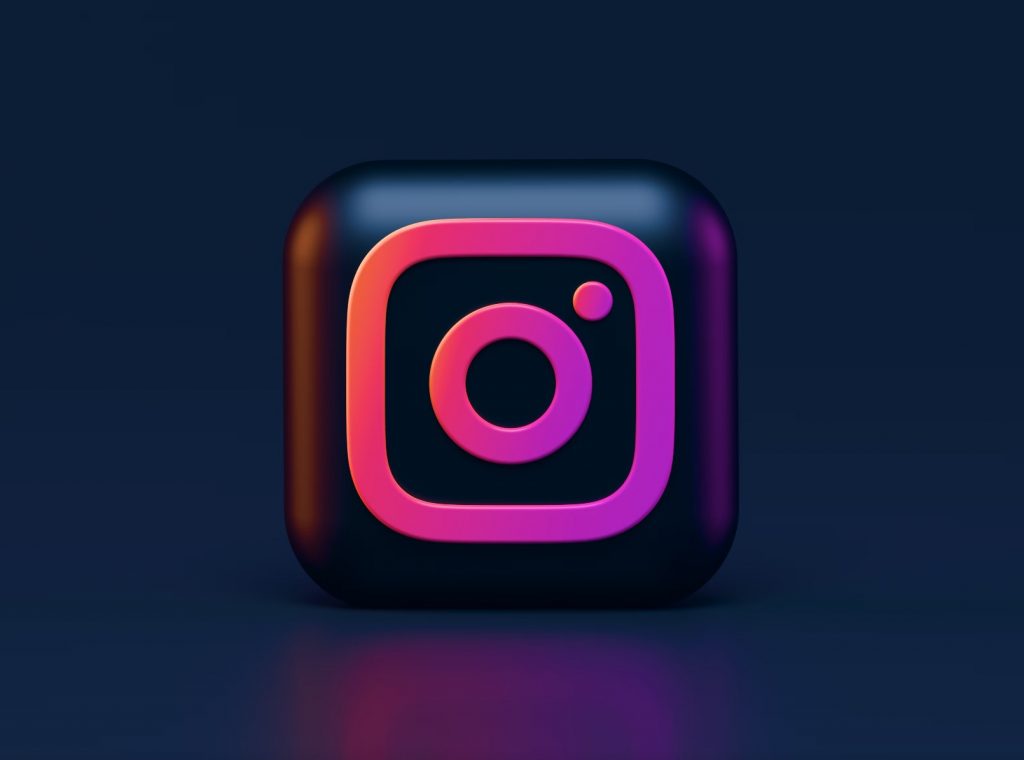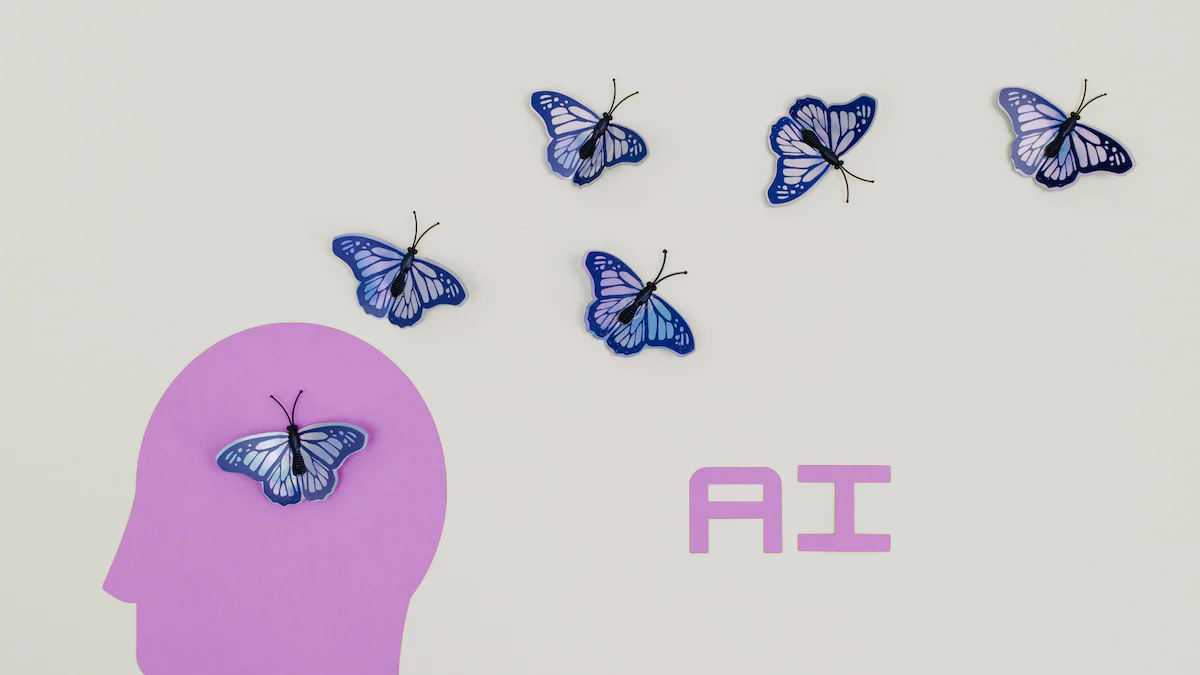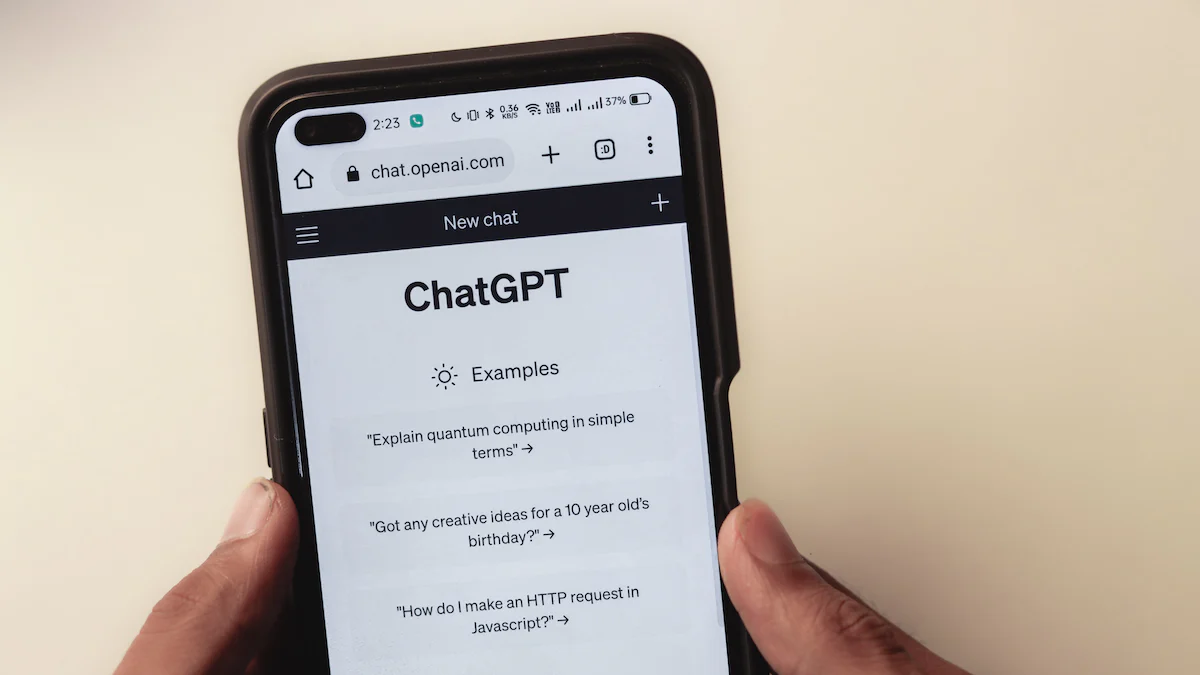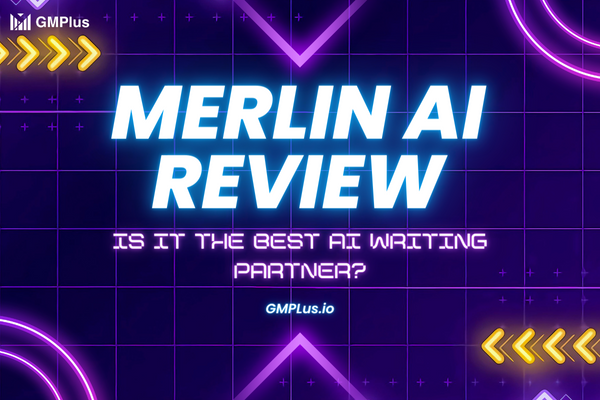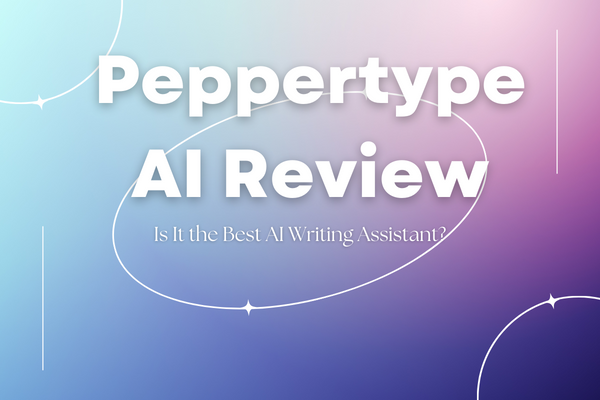
Grok AI vs ChatGPT: A Comprehensive Comparison of Conversational Agents
Exploring Conversational Agents
Conversational agents, also known as chatbots or virtual assistants, have revolutionized human-computer interactions. These AI-powered agents are designed to understand and respond to natural language queries, making them invaluable in various domains. In this blog, we will focus on two popular conversational agents in the market: Grok AI and ChatGPT . By comparing their features, capabilities, and use cases, we aim to provide a comprehensive understanding of these advanced AI systems. Whether you're an AI researcher, developer, or business professional, this comparison will help you make informed decisions when it comes to leveraging conversational agents for your specific needs.
Understanding Grok AI
Grok AI is an advanced conversational agent powered by artificial intelligence. It boasts several impressive features and capabilities that contribute to its effectiveness in understanding and generating natural language.
Features and Capabilities
Grok AI excels in natural language understanding, enabling it to comprehend user queries with a high level of accuracy. Its sophisticated algorithms analyze the context, semantics, and intent behind the input, allowing for precise interpretation.
Moreover, Grok AI possesses powerful natural language generation capabilities. It can generate coherent and contextually appropriate responses that mimic human-like conversation. This ability enhances the overall user experience by providing meaningful and relevant interactions.
One of Grok AI's notable strengths lies in its ability to handle complex queries and context. It can understand nuanced questions, follow multi-turn conversations, and maintain contextual awareness throughout the interaction. This makes it suitable for a wide range of applications that require deep conversational understanding.
Training Methodologies and Data Sources
To achieve its impressive performance, Grok AI undergoes extensive training with large datasets from diverse sources. These datasets encompass a wide range of topics, ensuring that the agent has exposure to various domains and contexts.
Grok AI leverages deep learning algorithms during training to extract patterns from the data effectively. By using neural networks with multiple layers, it can learn complex relationships between words, phrases, and concepts.
Furthermore, Grok AI adopts a continuous learning approach. It constantly updates its knowledge base by incorporating new information from real-world interactions. This iterative process allows the agent to improve over time and adapt to evolving user needs.
Unveiling ChatGPT
ChatGPT, developed by OpenAI, is a state-of-the-art conversational agent that exhibits impressive language understanding and generation capabilities.
Key Features and Functionality
One of the standout features of ChatGPT is its exceptional language understanding capabilities. It can comprehend user queries with remarkable accuracy, thanks to its deep neural network architecture. This enables it to grasp the nuances and context behind the input, leading to more meaningful interactions.
ChatGPT also excels in generating coherent and context-aware responses. It leverages its vast knowledge base to generate human-like replies that are relevant and appropriate within the given conversation. This contextual awareness enhances the overall conversational experience for users.
Furthermore, ChatGPT offers integration with external APIs, allowing developers to extend its functionality. This integration enables access to various services such as weather information, news updates, or even third-party applications, enhancing the agent's capabilities beyond natural language processing.
Training Techniques and Data Sources
ChatGPT's training involves exposure to vast amounts of internet text from diverse sources. By leveraging this extensive dataset, which encompasses a wide range of topics and writing styles, ChatGPT learns to generate coherent responses across various domains.
To fine-tune its performance further, reinforcement learning techniques are employed. Through iterative feedback loops, ChatGPT refines its responses based on human evaluations. This process helps improve the quality and relevance of generated output over time.
Additionally, human feedback plays a crucial role in training ChatGPT. Human AI trainers review and rate model outputs during development stages. This feedback is then used to train subsequent iterations of the model, ensuring continuous improvement in response generation.
Comparative Analysis
When comparing Grok AI and ChatGPT, it is essential to evaluate their performance, accuracy, strengths, weaknesses, and ability to handle complex conversations.
Performance and Accuracy
In terms of understanding user queries, both Grok AI and ChatGPT exhibit impressive accuracy. They utilize advanced natural language processing techniques to comprehend the intent behind the input. However, there may be slight variations in their performance depending on the specific context or domain.
Analyzing the quality and coherence of responses generated by both agents reveals their capabilities. Both Grok AI and ChatGPT excel in generating meaningful and contextually appropriate responses. However, due to differences in training methodologies and data sources, there may be variations in response quality.
Furthermore, evaluating the ability of each agent to handle complex and nuanced conversations is crucial. Both agents demonstrate proficiency in handling multi-turn interactions and maintaining contextual awareness. However, certain scenarios or highly specialized domains may pose challenges for either agent.
Strengths and Weaknesses
Identifying the unique strengths of Grok AI and ChatGPT helps understand their respective advantages. Grok AI's advanced natural language understanding capabilities make it highly effective in comprehending complex queries accurately. On the other hand, ChatGPT's integration with external APIs provides enhanced functionality beyond natural language processing.
Discussing limitations and weaknesses is equally important. While Grok AI performs well overall, it may encounter difficulties with certain niche topics or highly technical queries due to its training data limitations. Similarly, ChatGPT's responses can occasionally lack specificity or exhibit overconfidence due to biases present in its training data.
Highlighting areas where one agent outperforms the other provides valuable insights for decision-making. Depending on specific use cases or requirements, one conversational agent may offer better performance or more suitable features than the other. Understanding these distinctions enables users to choose the most appropriate solution for their needs.
Use Cases and Applications
Conversational agents like Grok AI and ChatGPT have a wide range of use cases and applications across various domains. Let's explore some practical uses and real-world scenarios where these agents can be beneficial.
Business Applications
Grok AI and ChatGPT can greatly enhance customer support by providing instant responses to inquiries, resolving common issues, and offering personalized assistance. These conversational agents can handle a high volume of customer queries efficiently, leading to improved customer satisfaction and reduced support costs.
In sales and marketing, conversational agents can play a vital role in engaging with potential customers, answering product-related questions, and providing recommendations based on individual preferences. They can also assist in lead generation, nurturing prospects, and driving conversions through personalized interactions.
Moreover, conversational agents have the potential to streamline business processes by automating repetitive tasks such as data entry or appointment scheduling. They can also assist employees in accessing information quickly, enabling more efficient decision-making and improving overall productivity.
Personal Use and Productivity
For personal use, Grok AI and ChatGPT can assist in various tasks. They can help with setting reminders, managing schedules, providing recommendations for entertainment or dining options based on personal preferences, or even acting as virtual companions for social interaction.
In terms of productivity improvement, conversational agents offer the convenience of voice-based interfaces that allow users to perform tasks hands-free. Whether it's dictating emails or documents, conducting research online, or organizing personal information, these agents provide an intuitive way to boost efficiency.
Furthermore, in education and learning environments, conversational agents have the potential to serve as virtual tutors or language practice partners. They can engage learners in interactive conversations, provide explanations for complex concepts, offer feedback on assignments or language skills development.
By leveraging the capabilities of Grok AI and ChatGPT in various use cases and applications—both in business settings as well as personal contexts—users can benefit from enhanced customer experiences, increased productivity levels, streamlined processes, and improved learning outcomes.
Selecting the Right Conversational Agent
When choosing between Grok AI and ChatGPT, it is crucial to consider your specific requirements and use cases. Evaluate the strengths and weaknesses of each conversational agent in relation to your needs, whether you're looking for advanced natural language understanding, powerful response generation, or integration capabilities with external APIs.
Additionally, staying updated with the latest advancements in conversational agents is essential. The field of AI-powered agents is rapidly evolving, with new technologies and models being developed. By keeping abreast of these advancements, you can make informed decisions and explore future considerations for selecting the right conversational agent that aligns with your evolving needs.
